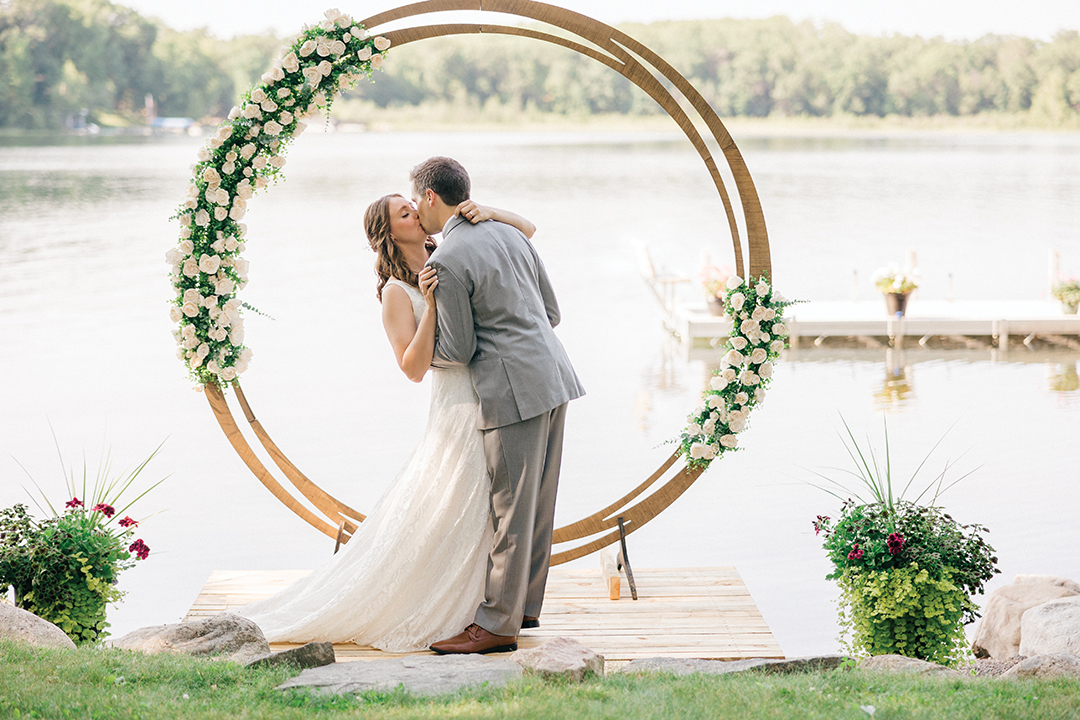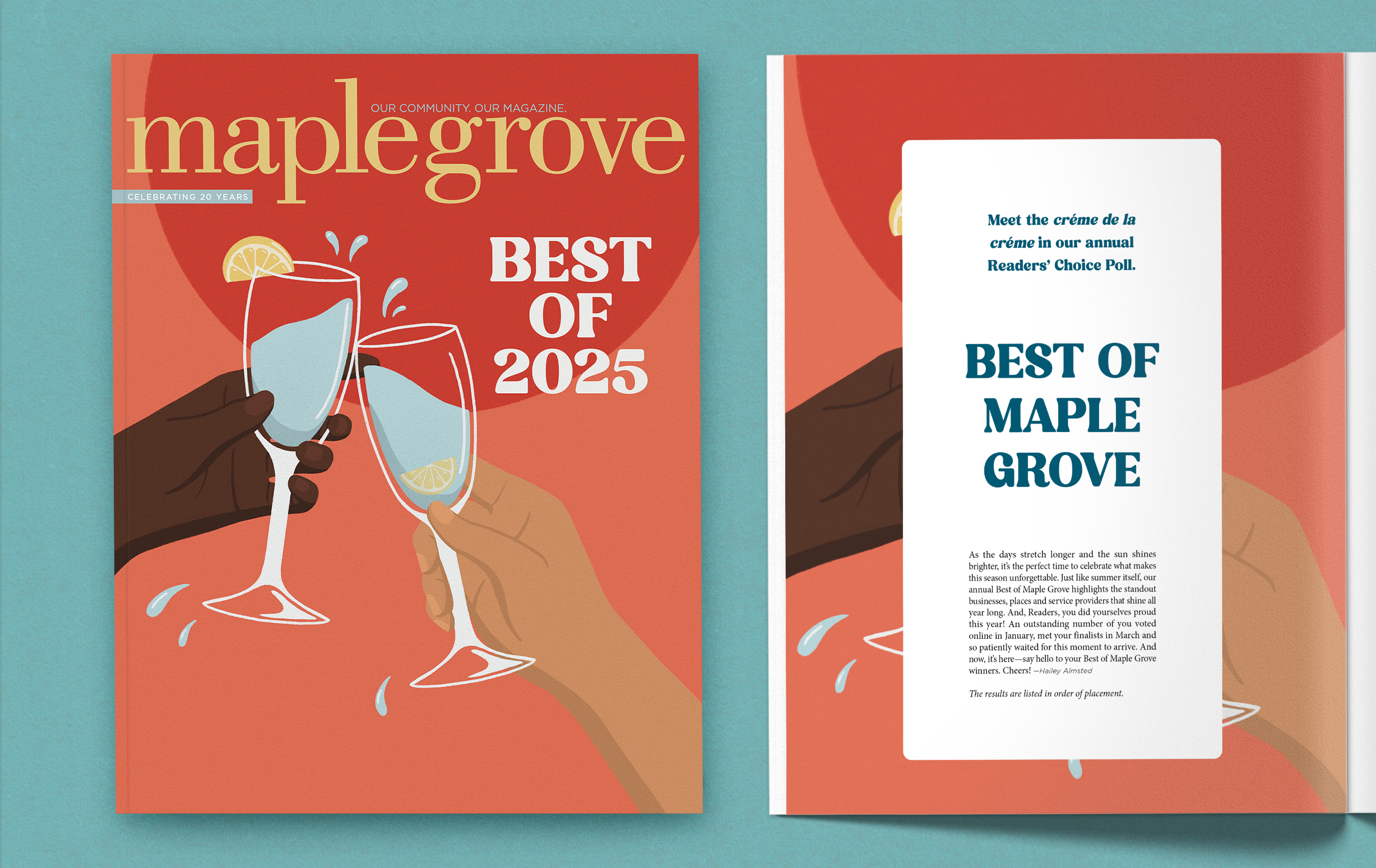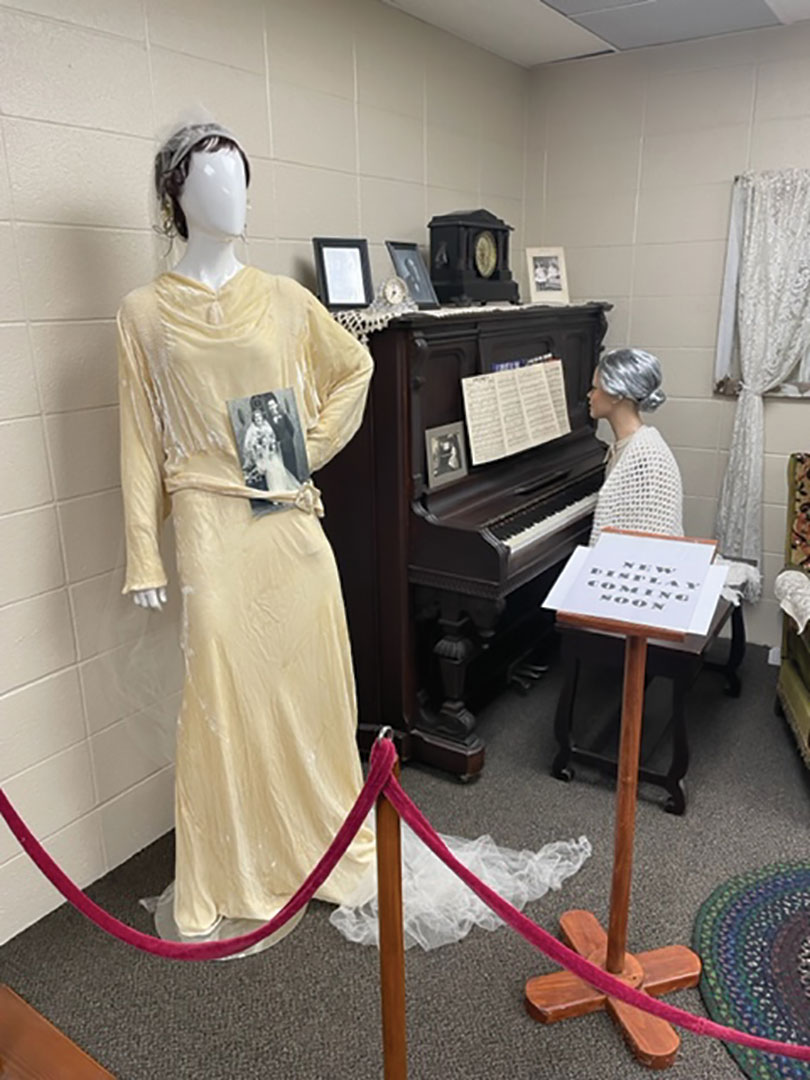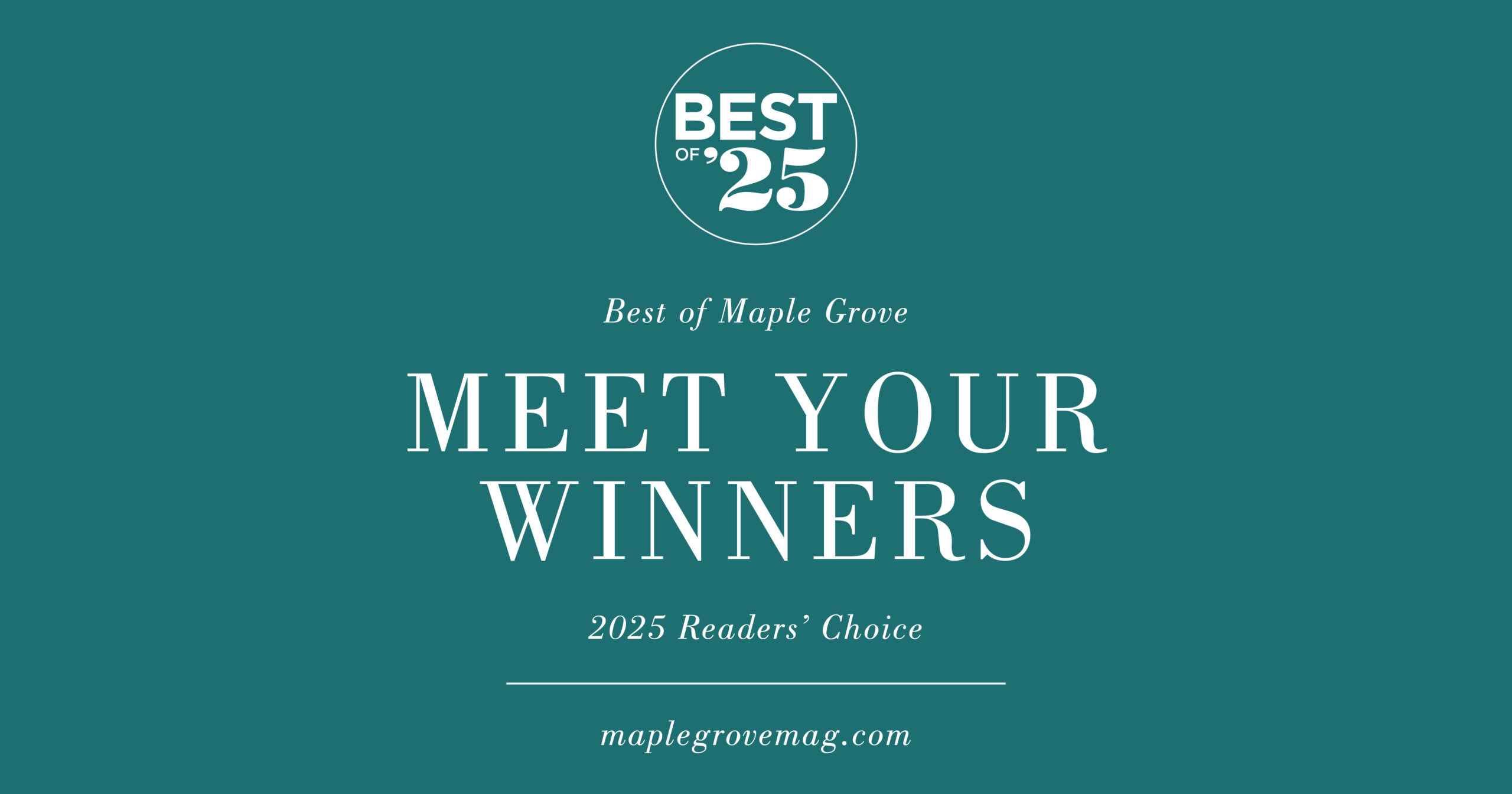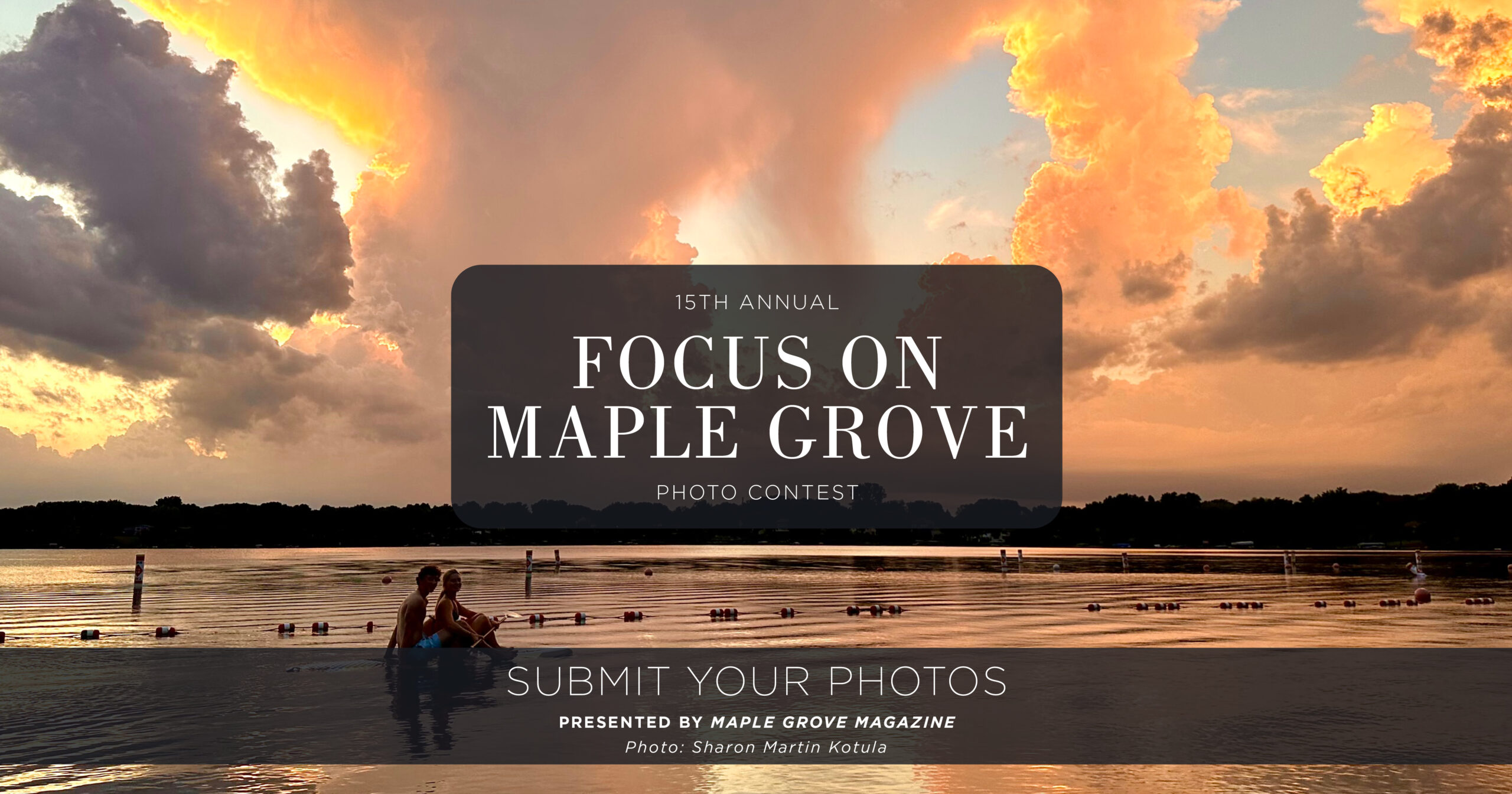
iStock/DebraLeeWiseberg
Pollinator-friendly yards are easier to achieve than you might think.
At one time, the rusty patched bumblebee was a widespread pollinator found across the eastern United States, the upper Midwest as well as parts of southern Canada. The robust little bee with a rusty patch on its abdomen and a telltale black spot the shape of a thumb tack stretching between its wings could often be found on its favorite white flowers like Dutch White Clover. But since 2007, the rusty patched bumble bee’s decline has been notably swift and, in 2017, the bee was listed as federally endangered. In 2018, just 471 rusty-patched bumblebees were seen in the world with more than a third of those sightings occurring in Minnesota. The following year, Minnesota designated the rusty patched bumblebee the state bee to bring awareness to the plight of the pollinator.
However, this bee isn’t the only pollinator at risk. Thanks in part to habitat loss and the use of pesticides, many pollinators are in rapid decline including species of butterflies, moths, beetles and native flies. The loss of pollinator populations has wide-ranging implications for humans, as pollinators not only play essential roles in our ecosystems, but are also responsible for one-third of the food we consume.
All is not lost yet, though. There are several things the average person can do to create pollinator-friendly spaces from planting certain flowers and trees to cultivating a bee lawn.
Simple Starts
“It’s fun helping the environment,” says Marilyn Arnlund. The long-time Maple Grove resident is a master gardener who specializes in trees. She grew up on a 27-acre hobby farm with her mother, Beverly Roth, an avid gardener. Arnlund inherited her mother’s green thumb and now tends to her own gardens, which are the envy of the neighborhood and a hub for pollinators.
Arnlund says planting a tree is an easy way to roll out the welcome mat. “People can plant trees for pollinators,” she says. “Basswood have these little tiny white flowers, and crab apples are great, too. Any tree that flowers will work. Any shrub with flowers will work, too.”
For those who don’t have the space for a new tree or shrub, think about adding native flowers to your pots or gardens. Cone flowers, zinnias and bee balm are pollinator favorites in Arnlund’s yard. “They love my bee balm,” she says. Other native plants include aster, beardtongue, blazing stars, blue giant hyssop, goldenrod, milkweed, red columbine, Virginia bluebells and wild white indigo.
“Sedum is one of the best plants for bees,” Kathleen Pomerleau says. The Maple Grove resident is also a master gardener. Her specialty is butterflies, but her pollinator-friendly gardens are so popular that bees have been known to come sit on her hand. “I love gardening,” she says. “It’s quiet. You just go outside and listen to nature. You need to do that.”
In season, Pomerleau is outside tending to her gardens every day. “It’s the process,” she says. “It’s the watching.” The watching has helped Pomerleau realize just what’s at stake. “You don’t want to kill those bees,” she says. “Thirty percent of our food comes from bees.”
Pomerleau’s biggest piece of advice for those wanting to create a pollinator-friendly yard is to stop using pesticides—Arnuld agrees. “Use organic fertilizers instead,” Arnlund says.
Planting native flowers will also attract pollinators while reducing maintenance like watering. Native flowers are better adapted to Minnesota’s climate than nonnative plants.
Bee Lawns
For those looking to have the ultimate long-term, low-maintenance, pollinator-friendly yard, there is the bee lawn. According to the University of Minnesota (U of M) Bee Lab, a bee lawn is made of “a tight mix of grasses and low-growing perennials that can be used and treated much like a regular lawn but also offer high-quality nutrition to pollinators.”
Bee lawn plants include Bluets, common blue violet, creeping thyme, Dutch white clover, fall fescue, Pussytoes, self-heal, Virginia Springbeauty and Virginia Strawberry. According to experts at the U of M, Dutch white clover alone can attract 55 species of pollinating insects to a yard.
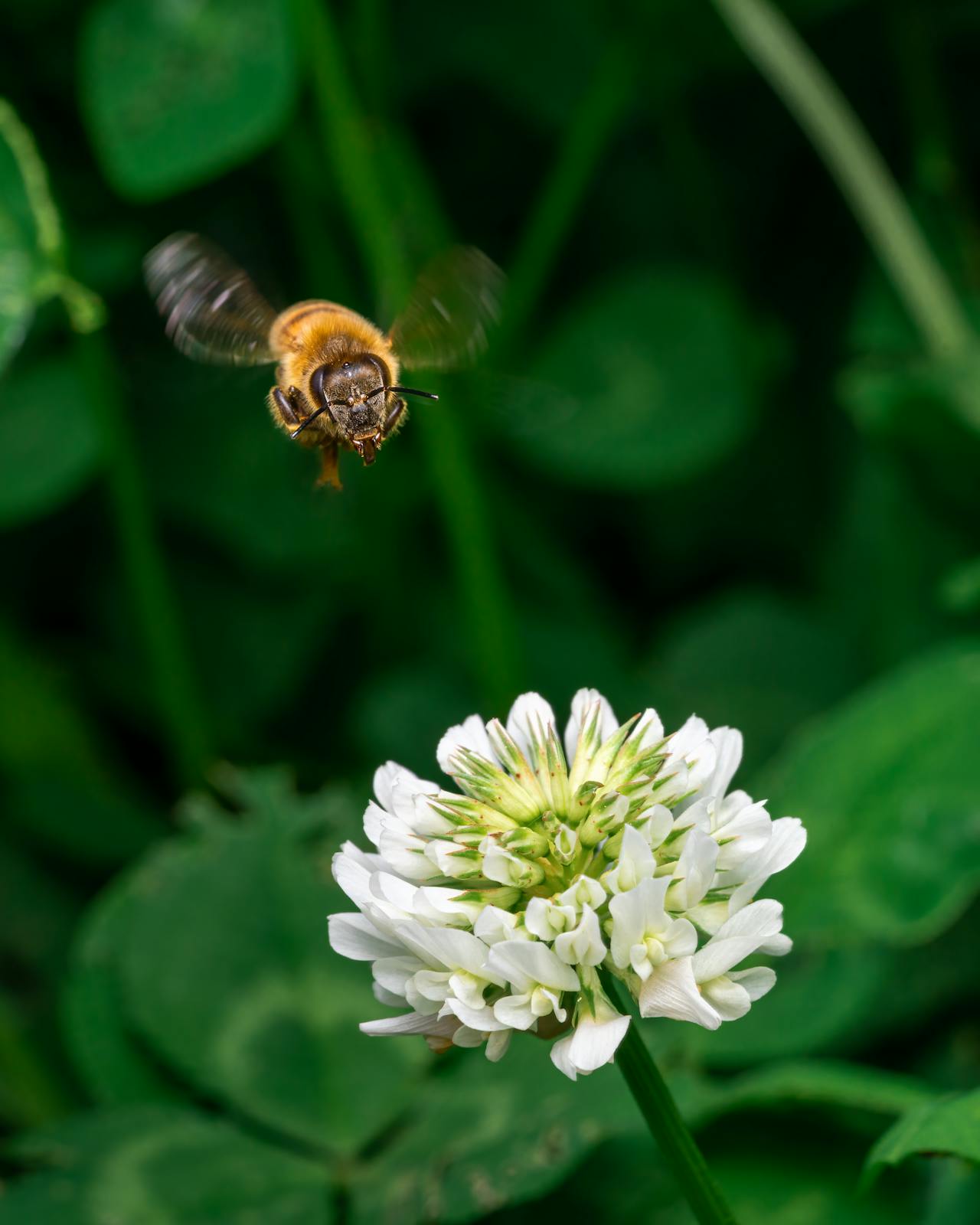
Dutch white clover is a great flower to include in a bee lawn. Pexels/Skyler Ewing
Bee lawns can be more drought tolerant, need little to no extra fertilizer and require less mowing. Plants should be allowed to flower, so mowing height should be set at a minimum of 3 to 5 inches, and mowing limited to every two or three weeks. When flowers are at their height, mowing should be postponed to allow pollinators time to visit.
Establishing a bee lawn can take more than a year, but Arnlund and Pomerleau encourage patience. “Wait for it to grow,” Arnlund says. “If you get flowers that’s the first step of success.”
Arnlund recommends getting a soil test before starting any new garden or bee lawn. “It will tell you what nutrients you need,” she says. Pomerleau adds, “You need to know your moisture level.”
Lawns to Legumes
Those who take the plunge to create a pollinator-friendly space can be rewarded with more than just the knowledge that they are helping protect the ecosystem and the food chain. The costs associated with protecting endangered pollinator species can be reimbursed through Lawns to Legumes, a grant program offered through a partnership between the Minnesota Board of Water and Soil Resources and a coalition of nonprofit groups including Metro Blooms and Blue Thumb – Planting for Clean Water. The program offers workshops, coaching and planting guides in addition to reimbursement funding. Up to $400 in costs associated with establishing a pollinator habitat can be reimbursed to those who sign up for the program.
For more information on creating pollinator-friendly yards, Marilyn Arnuld recommends the following:





